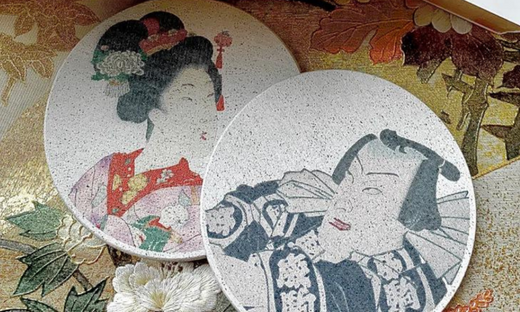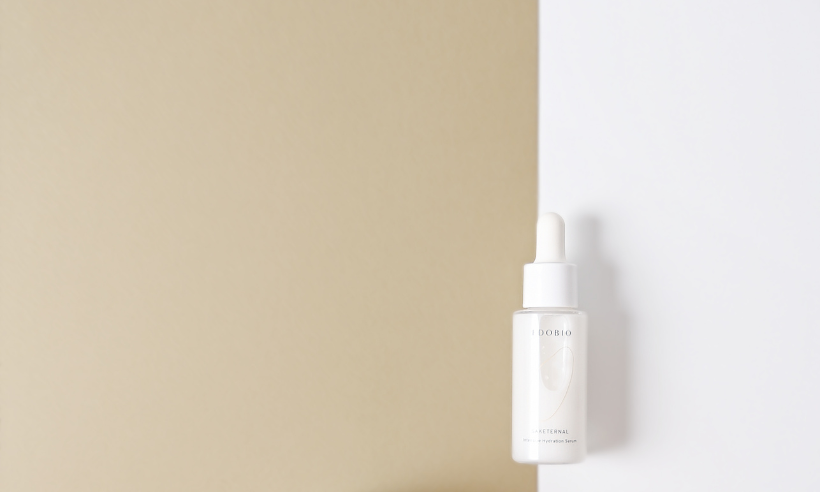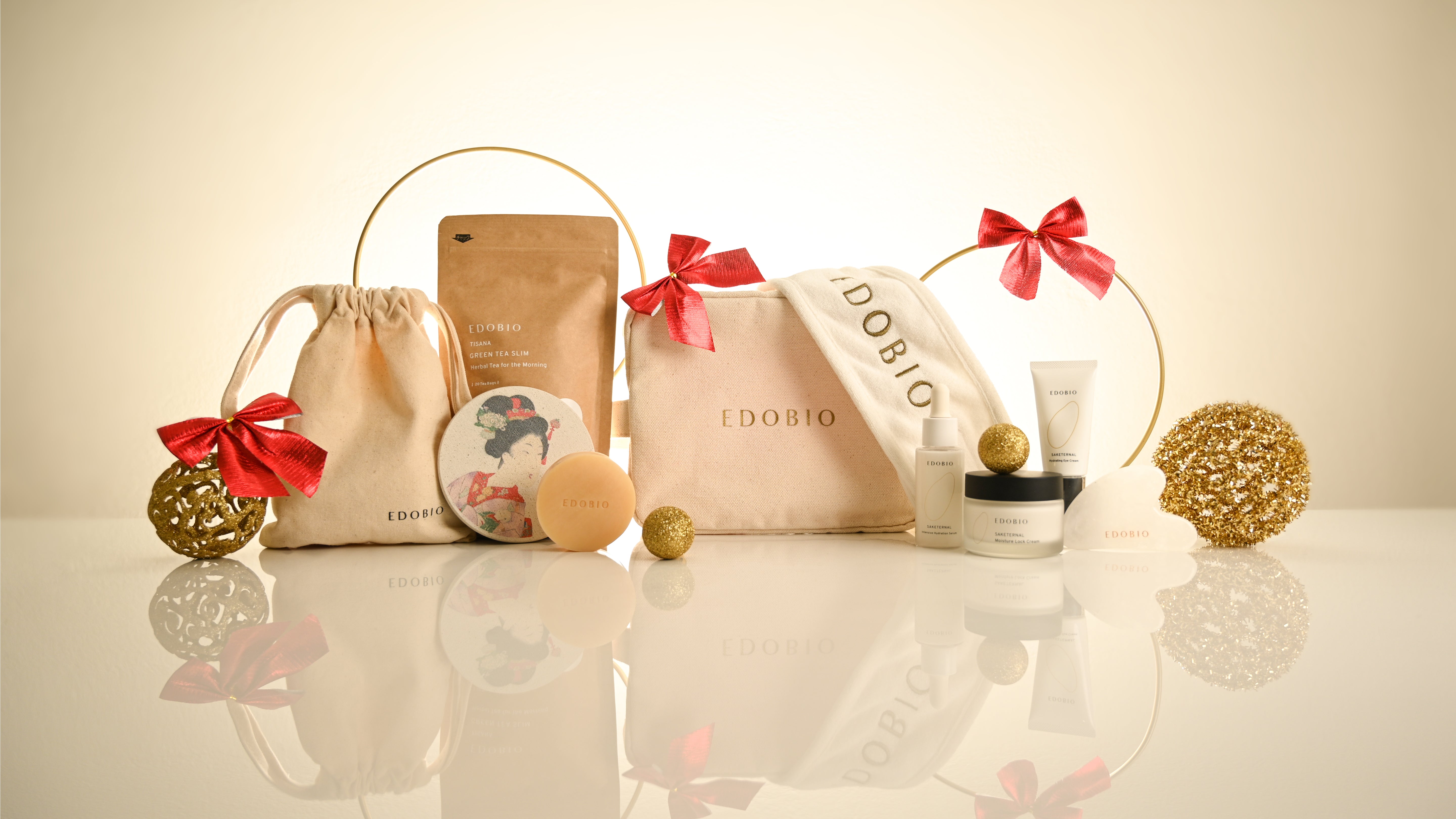
Where natural art meets boldness: Ukiyo-e art
Throughout history, Japanese art has covered a wide range of mediums and styles. Often known for its beautiful calligraphy and ink painting, few art forms found such a beauty in nature as that of the Ukiyo-e art style. First founded in the Edo period, one of the most famous pieces of art in this style is titled The Great Wave off Kanagawa by Katsushika Hokusai.
Ukiyo-e – What is it?
Also referred to as woodblock printing, Ukiyo-e directly translates to “pictures of the floating world.” These paintings were of everyday Japan, typically engraved on pieced of wood and then pressed against paper. Their simple nature was not only cheap for those of the lower classes but became popular for the idea of expressing a “transitory nature of life,” pulled from Buddhist teachings. They were designed to create a feeling of a tranquil existence under the peaceful Shogun rule.
Often depicted in the paintings were colorful images of the brothel and theatre districts in the local cities. Kabuki actors were frequently carved, providing for captive images to the general public. Other images may have included stunning vistas and courtesans with seductive poses and expressions. Perhaps one of the most unique aspects of the popularity of Ukiyo-e art was the idea that artists began to listen to the public and tune their art to what the people wanted.
 Our sustainable soap dishes depict an original ukiyoe painting
Our sustainable soap dishes depict an original ukiyoe painting
Significance of Ukiyo-e art
During the Edo period of Japan, paintings and other decorative memorabilia were often purchased solely by the wealthy. However, due to the cheap production methods of the Ukiyo-e style, the pieces became attainable for those of any audience. Because of this style, many higher-class citizens looked down upon the art as being for the lower class and lacking skill. However, the prints later became famous for elaborate designs and techniques.
Four individuals were typically involved in the art creation process, with each person taking on a different duty for the project. The publisher coordinated and marketed the work, while the artist designed and drew the work on the paper. The carver then would carve the design onto the woodblock and the printer would print the designs on paper. But at its root, the ukiyo-e is known for its simple, natural style created from basic wood blocks.
This type of Japanese art later became significant in the printing of picture books, also known as Ehon, and for the bold color schemes and subjects more often seen in art in the modern era. Often depicted in a minimalist style, these vibrant yet simplistic designs have influenced both Japanese and Western designs.
 Enrich your skincare routine and add a Japanese touch to your bathroom with Edobio Soap Dish Gift Set
Enrich your skincare routine and add a Japanese touch to your bathroom with Edobio Soap Dish Gift Set




Leave a comment
This site is protected by hCaptcha and the hCaptcha Privacy Policy and Terms of Service apply.